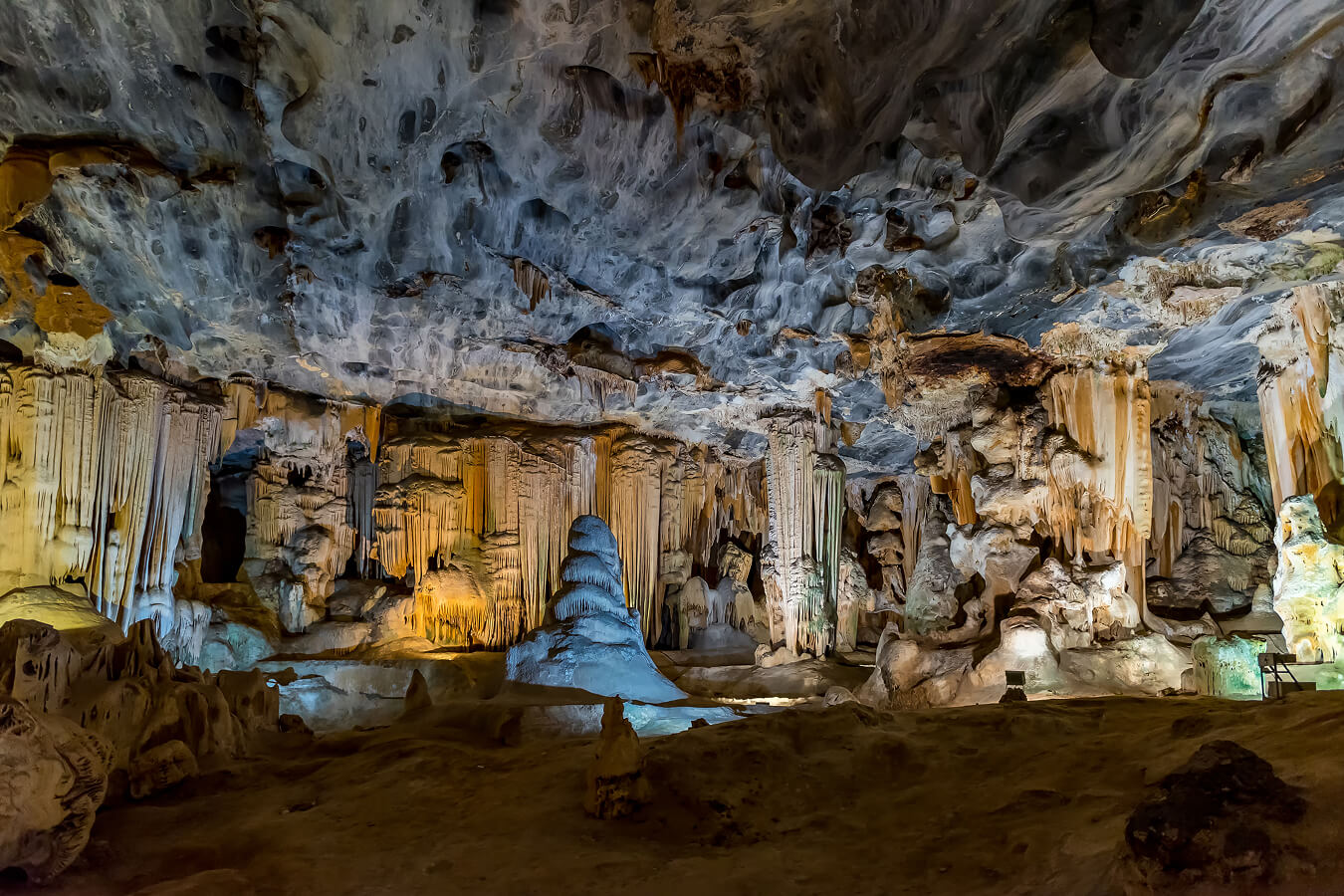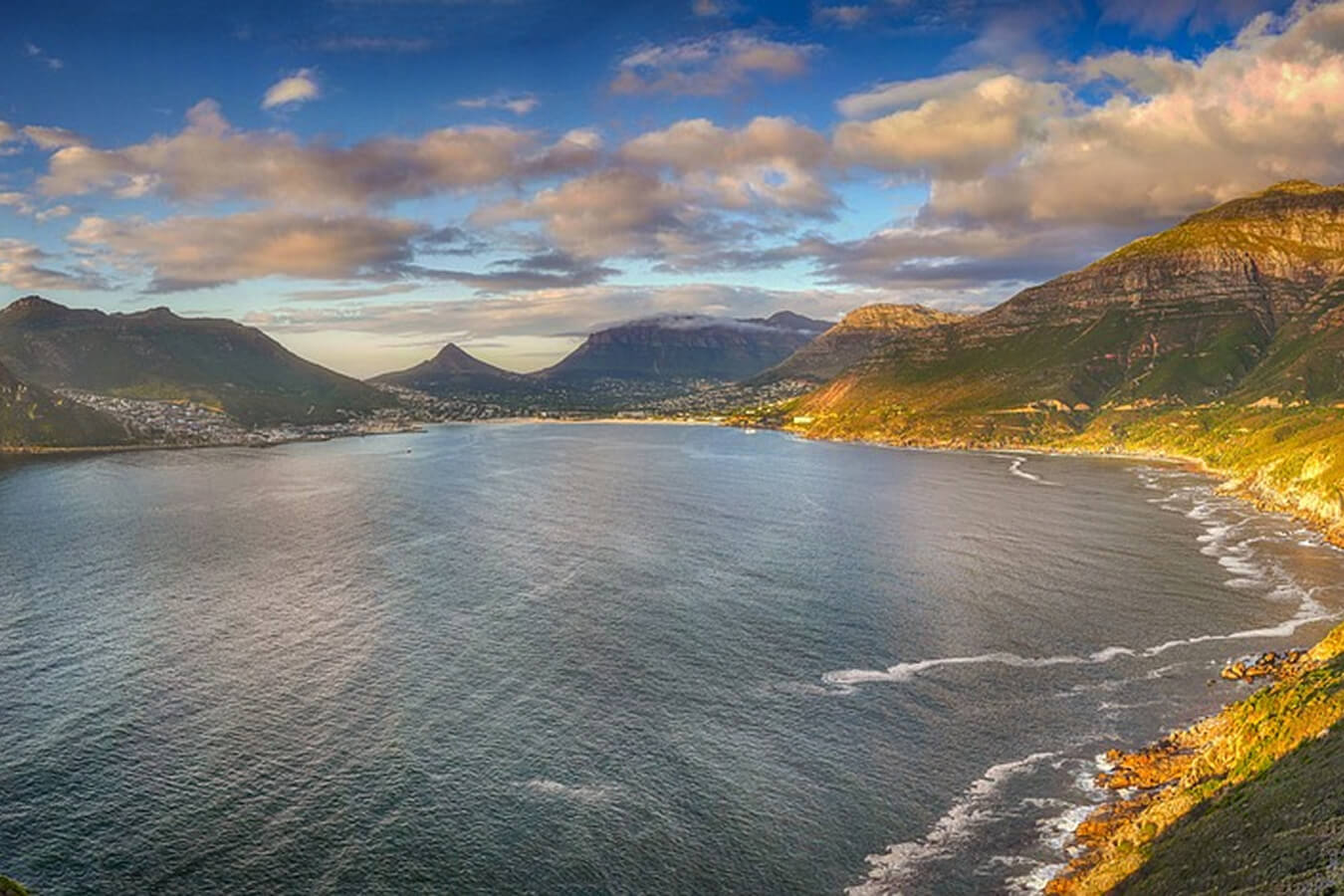SUDAFRICA GOLD
Natura e avventura
45%
Monumenti e storia
20%
Relax
20%
Trasferimenti
15%
Il Sudafrica, conosciuto come la “culla dell’umanità”, è una destinazione unica che racchiude in sé un’incredibile varietà di paesaggi e culture. Situato nell’estremo sud dell’Africa, questo Paese offre un viaggio straordinario tra natura selvaggia, metropoli moderne e città storiche. Dai deserti alle coste oceaniche, ogni regione racconta una storia diversa e affascinante, rappresentando un vero e proprio museo a cielo aperto.
L’itinerario ideale per esplorare il Sudafrica parte da Cape Town, città dai forti contrasti architettonici e circondata da bellezze naturali, come la Table Mountain e il Giardino di Kirstenbosch.
Oltre alla natura, il Sudafrica offre città storiche come Cape Town, dove il quartiere di Bo-Kaap incanta con le sue case colorate raccontando storie di tradizione e trasformazione. Il famoso Waterfront unisce modernità e folklore, mentre la Boulders Beach Nature Reserve e il Capo di Buona Speranza regalano incontri ravvicinati con la fauna locale, inclusi i pinguini del Capo.
Dalle coste del Western Cape alle grotte di Cango, ogni tappa offre un’incredibile fusione tra natura e storia, rendendo il Sudafrica una meta affascinante e ricca di meraviglie per ogni tipo di viaggiatore.
Da qui si prosegue verso il Kruger National Park, uno dei parchi più famosi al mondo, attraversando la spettacolare Panorama Route e scoprendo la diversità della flora e fauna del Paese, fino al Blyde River Canyon nell’estremo nord est. Questo viaggio di due settimane permette di immergersi in esperienze indimenticabili, esplorando parchi e riserve che sono il cuore della biodiversità sudafricana.
Viaggio di circa 18/20gg.
Richiedi il programma per saperne di più ed unisci a noi!
Cosa è incluso?
Quanto dura il viaggio?
Durata complessiva 20 Giorni. Richiedi gratuitamente il preventivo con tutto il programma giorno per giorno.
IMMERGITI TRA LE FOTO
Itinerario
GIORNO 1
Arrivo e sistemazione
Arrivo e sistemazione in struttura con servizio di b&b in camera doppia. Cena libera. Programma in base all'orario di arrivo.
GIORNO 2
Escursione
Escursione a Cape Good Hope & Cape Point NP. Boulders beach reserve. Sunset in misty cliff. Servizio di soft lunch durante trekking. Servizio di b&b in camera doppia. Cena libera.
GIORNO 3
Giardino Botanico di Kirstenbosch
Mattina al giardino botanico di kirstenbosch e pranzo in farm con wine tasting. Servizio di b&b in camera doppia. Cena libera.
GIORNO 4
Giornata in Cape Town
Giornata in Cape Town, dalla table mountain, alla promenade di sea point e greenpoint sino a waterfront. Rientro tardo pomeriggio. Servizio di b&b in camera doppia. Cena libera.
GIORNO 5
Partenza per Hermanus
Partenza per hermanus sino nel punto più a sud del continente africano a cape agulhas. Servizio di b&b in camera doppia. Cena libera.
GIORNO 6
Ww al mattino in Hermanus
Ww al mattino in Hermanus e pomeriggio di relax in hermanus. Servizio di b&b in camera doppia. Cena libera.
GIORNO 7
Partenza per le Cango Cave
Partenza per le cango cave ed escursione nel pomeriggio. Servizio di b&b in camera doppia. Cena libera.
GIORNO 8
Partenza per il Tsitsikamma National Park
Partenza per il tsitsikamma national park e visita di parte del parco. Servizio di b&b in camera doppia. Cena libera.
GIORNO 9 - 10 - 11
Partenza il Mpuma l'Anga
Partenza il Mpuma l'Anga con so ste giornale riere durante il tragitto di tregg - servizio di b&b in camera doppia - cena libera.
Vuoi scoprire l'itinerario dei giorni successivi? Richiedi il programma completo e i costi del viaggio
Scarica oraSCARICA IL PROGRAMMA
Compila il form e riceverai il programma completo








